Food Ingredients You Should Avoid
There are some food ingredients that you should avoid like the plague.
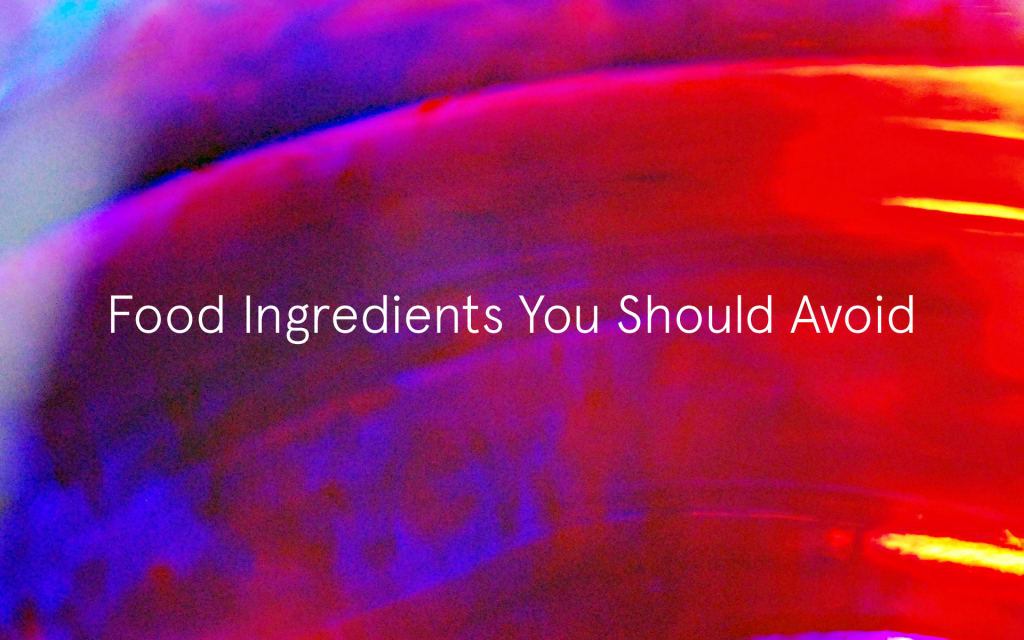
Yogurt for breakfast, soup and an apple juice for lunch, and a glass of milk after supper? We may think we are taking care of our bodies with “healthy” diets, but the truth is that food producers are guiding us astray and towards quite unhealthy consequences. Check out the list below for some of the most common yet dangerous food ingredients in our everyday foods.
Monosodium Glutamate (MSG)
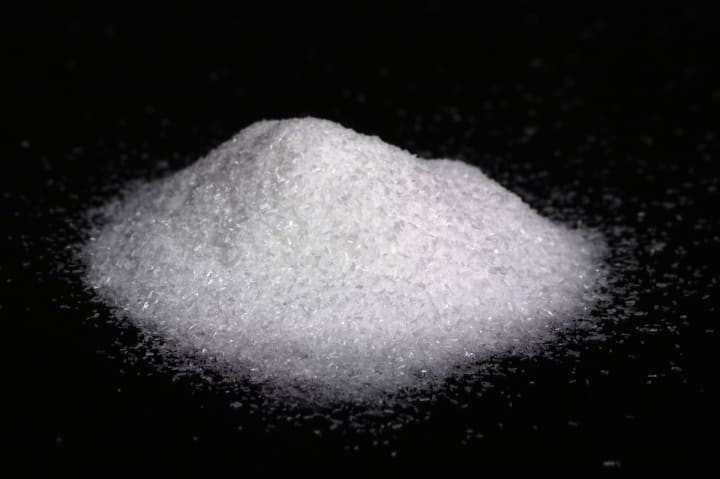
This is probably one of the most common food no-nos, but it’s so easy to be found. It’s used in a lot of inexpensive eats to boost the flavor, often just dousing our diets with tons of salt. Monosodium Glutamate, better known as MSG, is found in our most common quick pick-ups; college students and over scheduled workers probably have the most difficulty with avoiding this additive. Many fast food chains, Cheez-Its, Triscuits, instant soups like Ramen, salad dressings, and surprisingly, even Campbell’s Condensed Chicken Noodle Soup include unhealthy levels of MSG.
MSG has no health benefits, but instead is linked to obesity and type II diabetes. Sometimes this hidden monster is masked by other names. Look out for monomers like maltodextrin, autolyzed yeast, hydrolyzed vegetable protein, or textured protein. These are its common disguises, but there are many others.
Potassium Bromate
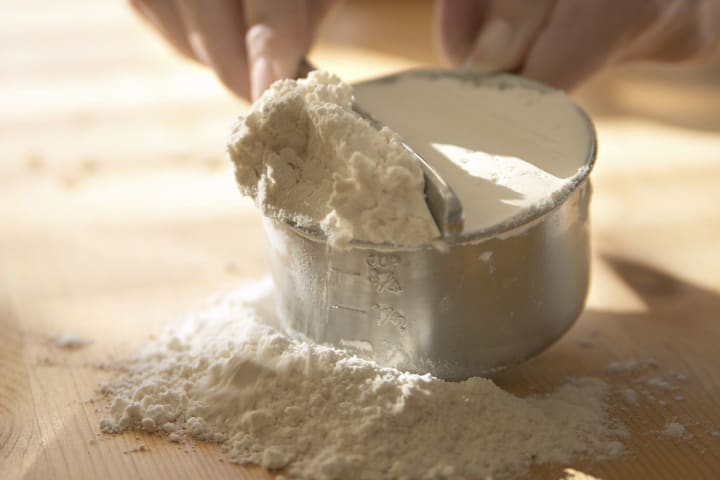
You probably enjoy large, fluffy donuts in the morning or a slice of baguette in the afternoon, or even dinner rolls. What you may not know is that many of those can actually be harmful to your body. Why? Well, Potassium Bromate has a lot to do with that! This additive is used in bread and flours for volume and to alter the crumb structure. You might wonder why this is a problem. This false volumizing substance is closely linked to cancer. It is often found in commercial baking goods, flour, Sunbeam and Wonderbread food products, and even some toothpastes and mouthwashes.
Potassium Bromate has been banned just about everywhere, with the exception of the US and Japan. In fact, it is found in many American households as “enriched flour”!
Artificial Food Coloring

An overlooked food ingredient you should avoid, artificial food coloring is one of the most disturbing additives. According to Men’s Fitness, about 70 percent of synthetic dyes used in foods have been banned in the American market. The most common artificial colorings are Red #3, which is found in candies, baked goods, and other desserts and even fruit cocktails!; Red #40, which is found in drinks, desserts, and even pet foods; Yellow #5, also known as tartrazine and #6 which are found in many candies and gelatin. Some additives are even used in meats and fish to make them appear fresher for purchase. Derived from petroleum, these additives should be avoided because they are linked to thyroid tumors and lymphocytic and chromosomal damage. Instead, natural substances like beta-carotene and carmine are actually better to use.
We bet you’ll think twice before any that color to your next batch of baked goods!
Aspartame
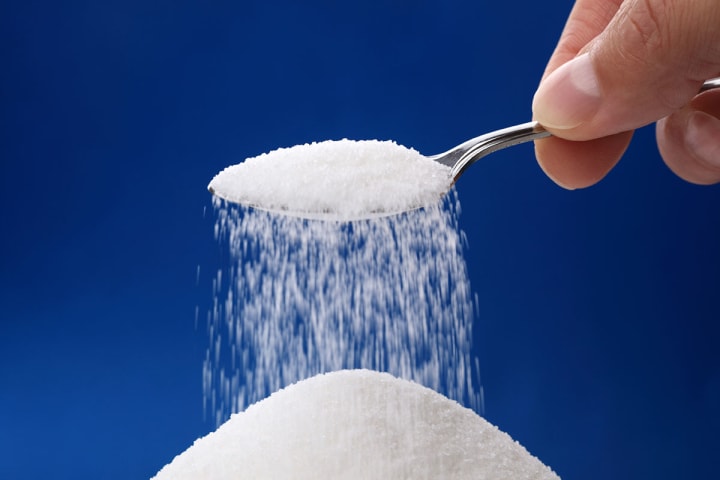
This sugar alternative is another frequently used additive that you should avoid. It’s found in most big-named chewing gums, breath mints, yogurts, and table sweeteners like Equal and NutraSweet. Consumption of this sugar façade could be the cause of your stomachache, pounding headache, or even the dizziness and blurred vision.
High Fructose Corn Syrup
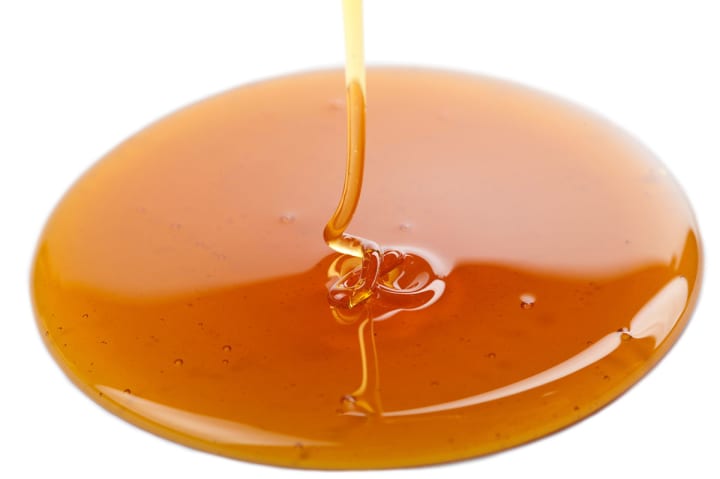
We bet you hear about High Fructose Corn Syrup on many television commercials, as some food companies have been advertising their pride in creating tasty treats without this additive.
This additive is composed similarly to sucrose, which is our table sugar, but through an unnatural chemical process, it’s processed into a fake version of fructose that emulates the sugar that’s found naturally in fruit. Thus, the genetically modified sugar is mixed with a similarly genetically modified corn.
This highly processed combination inhibits leptin, which is the body’s special chemical that lets the brain know that you are full. This is how it is linked to obesity and diabetes. It’s hard to miss this additive as it’s found in many sodas, cereals, candies and fruit snacks, lunch meats, condiments, and pizza sauce. On average, Americans eat 12 teaspoons of high fructose corn syrup a day.
Sodium Nitrate & Sodium Nitrite

These similar additives are used in many of our favorite meats like hot dogs, bacon, and sausage to change the color and preserve the shelf life of the meat. This allows the stores to keep the meats on the shelf longer than what’s actually good for the body.
If you’ve ever wondered, this is how the canned meat like Vienna Sausages, smoked salmon, and jerky last so long in your pantry. But their consumption similarly has lasting effects on your body; sodium nitrates and nitrites are carcinogens, meaning that they are cancer causing agents. They’ve been linked to oral, stomach, brain, and bladder cancer.
Butylated Hydroxyanisole (BHA)

BHA is a preservative that is used to extend shelf life, meaning that it allows stores to keep food out for sale longer than they should be. It can make it harder to sleep at night or eat during the day. It’s linked to damage in the kidneys, hair loss, and some behavioral problems. It is commonly found in cereals, potato chips, and chewing gum.
Soy Lecithin
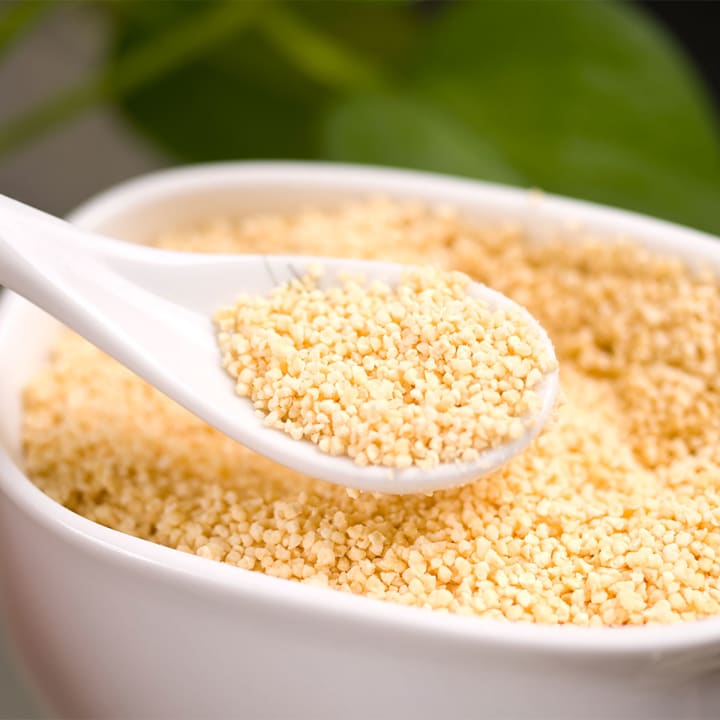
Before you count this out, soy that is fermented and organic is good for you, but usually isn’t found in stores. Soy Lecithin, on the other hand, is derived from the “leftovers” after the crude soy oil goes through its “degumming” process.
An emulsifier, this additive is probably what you’re cuddling up to on Friday nights as you scoop your ice cream or crunch on your chocolate bars. It is also in processed creams.
About the Creator
Armando Carrera
Sous chef in San Francisco. Will convert you from a carnivore to a seitan worshipper, one tofu lentil salad at a time.






Comments
There are no comments for this story
Be the first to respond and start the conversation.